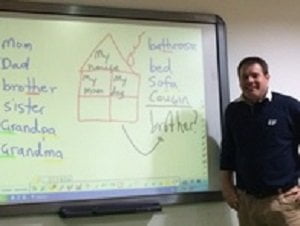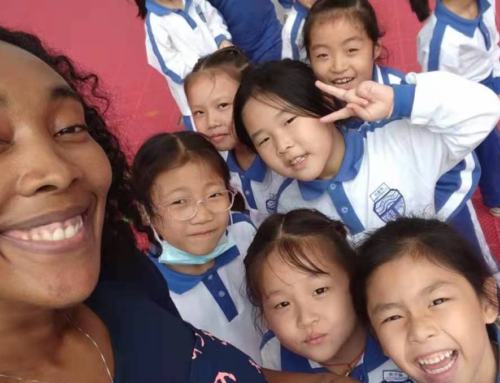There are a number of different channels which schools rely on to build this trust and confidence. In this two part article we are going to delve into the Parent-Teacher Meeting.
The Anatomy of a Parent Teacher Meeting is not a complicated thing. However, there are a series of simple and obvious best practices that teachers need to walk through before they can achieve their goals. We will briefly go through the steps. By the end of the article, we should all have an idea as to why a Parent-Teacher Meeting is so important, and how to better set ourselves up for positive and genuine commitments to academic improvement.
About the Parent-Teacher Meeting
A Parent-Teacher Meeting is a scheduled opportunity for the teacher of a course to meet with each individual set of parents of the students in their course.
Parent Teacher Meetings are conducted once per course at designated intervals depending on the age group and last roughly seven to ten minutes per set of parents.
Common areas we discuss in PTM sessions include individualized feedback about student progress, future study plans, areas in need of improvement, specific learning needs of each student, current individual student results and conveying a deeper understanding of our teaching methods.
Before the Parent-Teacher Meeting
The pre-planning stage is extremely important to the overall direction that you want the PTM to go in. Before the PTM, we should review the student achievements and results; meet with our school director, Progress Advisor and co-teacher to prepare the overall content and goals of the meetings.
There are various steps in the planning of a PTM. We need to consider what we will communicate as well as relevant student resources.
Depending on the level and age group of the course, the main theme can go in a number of different directions. We focus on classroom performance, behavior and areas in need of improvement, discuss overall academic progress and service related themes to encourage enrollment for the next level of studies.
Common themes that we will discuss regardless of the level and age group of the course include future study plans, academic trouble shooting, specific educational and social needs of different children, our education philosophies and teaching methods.
Regardless of the different directions that we can take, before we can ask the parents and students to get on board, we need to ensure that all the people who are involved in teaching the class know what is going on, and how we plan to succeed. Staff meetings, one to one training, and the regular and daily contact that we have with our co-workers should serve as additional planning and communication platforms to launch from.
By bringing our colleagues into the equation, we strengthen the formula for success and remove any chance that parents and children receive the mixed messages that so often lead to muddled standards and misunderstood expectations.
Gathering resources
Teachers keep an abundance of student work and results in Course Binders. Furthermore, many classroom walls are dotted with examples of art, crafts and student work. The PTM is the perfect time to motivate parents by showing them clear examples of their child’s work and accomplishments – teachers should take every opportunity to do so.
Spelling tests are an example of a student’s phonemic awareness, student grammar work cards are tangible evidence to support the teacher’s assertions that the student needs to “focus more on grammar.” The less refined cut out craft which hangs alongside a pristine example of what could have been, is a bitter pill for the mother who refuses to believe that “little Johnny has no problems with attention to detail.”
Student work and results provide the background for the PTM, they tell the story of what the student has learned and what they need to work on, and they do it with little or no explanation from the teacher. The results the students produce speak for themselves. Each work sheet and test paper clearly shows strengths and challenges, and comes with its own anecdote about classroom performance. Clear examples and results demonstrate “can do” abilities, attitude, and the student’s commitment to excellence and achievement.
In the occasional PTM, we are going to be faced with little Betsy’s mother asking “how can my daughter study phonics more effectively at home?” I was recently asked by Little Johnny’s mother if I could “provide extra reading resources for her son?” While little Susan, who is not so little, would like to “watch more English movies, so could I please recommend some good ones?” (Hint: Not Frozen) In response to these positive enquiries we should, at our immediate disposal, have a list of popular and useful websites, a stack of slightly advanced work sheets, a USB full of popular movies, as well as a bookshelf full of appropriate reading materials to recommend to parents.
Providing extension and catch up materials to parents shows a commitment to following through on our comments, and to providing guidance and solutions. If the student work serves as the symptom, then what kind of teachers would we be if we didn’t also send the parents’ home with a filled prescription?
In part two of this article we look at putting the PTM together as well as what happens during and after the Parent-Teacher meetings.

















Leave A Comment